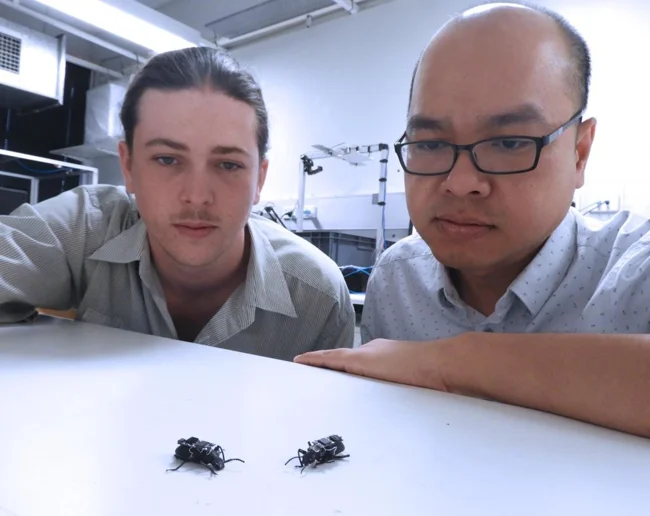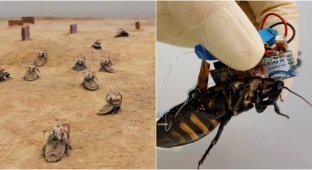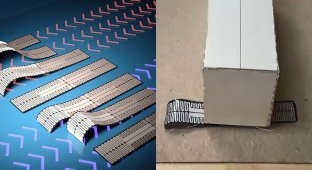Will cyborg beetles save people? (5 photos + 1 video)
Bomb-sniffing rats and medically-used maggots are proof that pests can be saviors. And a remote-controlled beetle is one example. It could potentially help disaster victims, according to a study published in the journal Advanced Science. 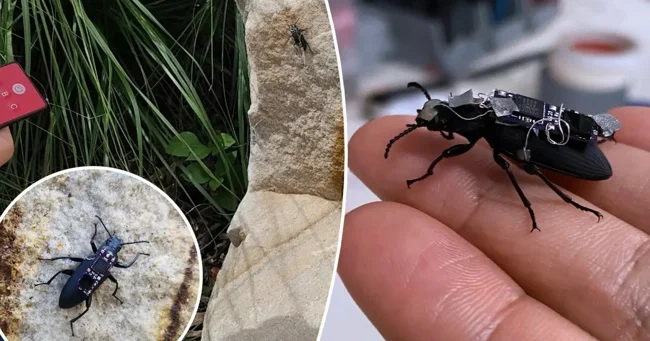
"It [the beetle] could be used in search and rescue operations, as it can penetrate narrow gaps in collapsed buildings and find survivors," said Dr. Thang Vo-Doan of the University of Queensland in Australia.
The team has developed a revolutionary project that equips darkling beetles with removable backpacks. These devices control the insects' antennae and front wings using electrodes.
The cybernetically enhanced insects are controlled remotely using game controllers, allowing rescuers to quickly find survivors after a mine or building collapse. 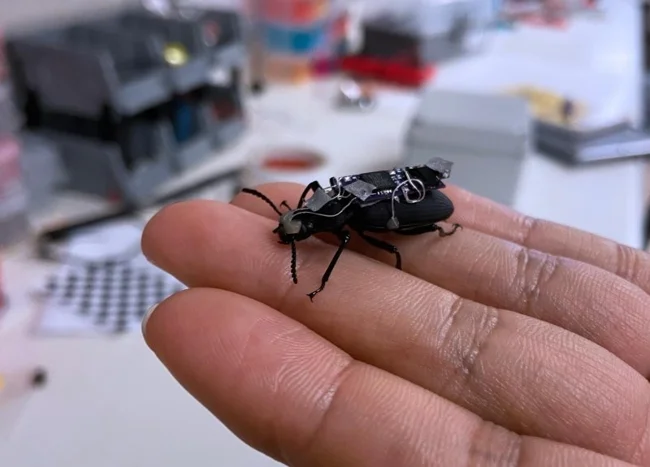
Why use beetles when there are better robots? Vo-Doan answered: “Beetles are indispensable because of their natural abilities. They are excellent at climbing and maneuvering in tight and complex spaces where robots often have difficulty navigating.”
"Our work takes advantage of these advantages. We added programmable controls that allow us to set the direction of the beetles without affecting their lifespan," he added. 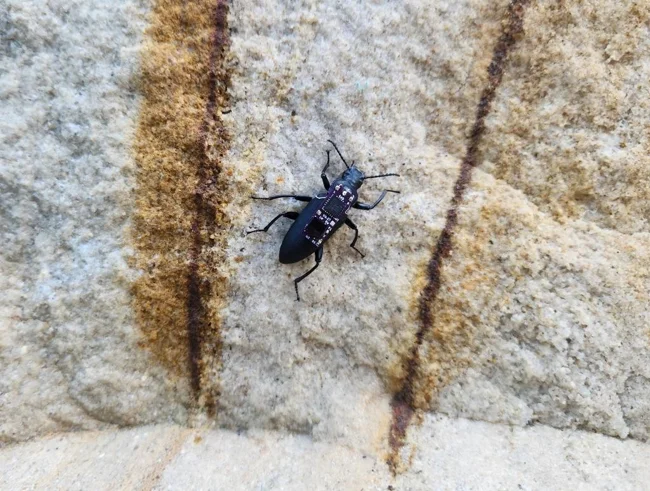
In the video, the miniature rescuers deftly overcome obstacles, climbing over walls like marines - capabilities that their artificial counterparts cannot.
The darkling beetles have amazing strength for their size. They can climb with a battery that weighs as much as their own body. The team is now working on improving the design. The goal is to equip the little scouts with cameras and power systems, which will improve their ability to navigate through rubble.
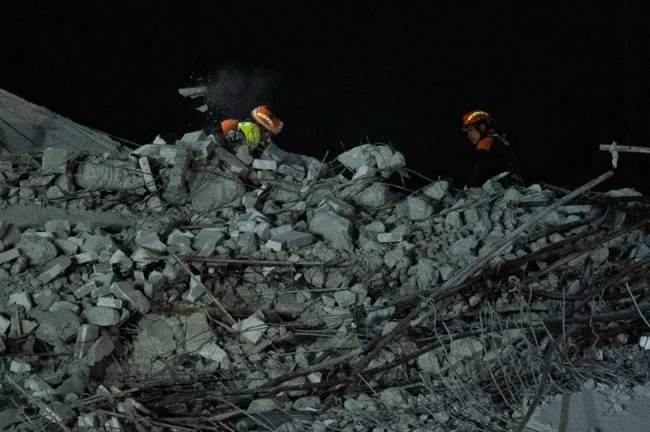
Their maneuverability and strength could cut the time it takes to find survivors after a disaster to hours instead of days.
"If people are trapped under rubble, we need to find them as soon as possible and start planning how to get them out," Vo-Doan said.
The scientist hopes that the improved insects will be able to easily navigate through chaotic environments, pinpoint a person's location, identify injuries, and give rescuers an idea of how to free the victims.
The researchers plan to test the technology in real-life rescue operations.
